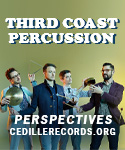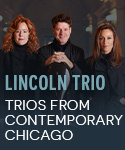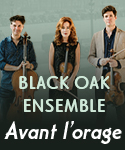Despite being a relatively knowledgeable music lover and critic, I had never given much thought to the viola da gamba until 1991 when a film called Tous les matins du monde was released. The film centered on the composer Marin Marais, whose instrument was the viola da gamba. The soundtrack, under the direction of the Jordi Savall, featured music by Marais, Saint-Colombe, Lully, and others; there are other instruments featured, mostly of the same family. I was taken by the richness and almost vocal quality of the instruments, from dark, cello-like sounds to higher, lighter reaches. I’ve been a fan ever since.
Along comes this CD with Jordi Savall and Hespèrion XXI featuring gamba music composed between 1500 and 1700. It was then that the viol began being used not only as a solo instrument but in conjunction with the human voice and other instruments; dance music was becoming appreciated as an art form and not just as “music to dance by”. Harmonies were being “discovered” on a daily basis. The music recorded here is from Venice, England, Germany, France, Spain, and Catalunya.
Beginning in 1500 in Venice, an anonymous set of dances starts with a churning pavane, rich in texture, and soon we hear, introduced by a tolling bell and featuring a dark solo viol, a short piece by Hieronimus Parabosco–the esoterica comes flying fast and free. A Capriccio by Giovanni Battista Grillo uses fugue-like imitation to make the unfamiliar familiar. A John Dowland Pavane is precisely as gorgeous and Elizabethanly gloomy as you’d like, with theorbo underpinned by viols, and it is rescued by a Galliard by the same composer: you can see the couples hopping about to the percussion.
William Brade’s Scottish dance is just one unknown piece you’ll encore–archlute, tambour, and viols in a repeating refrain that is at once formal and makes you tap your feet. Samuel Scheidt is not a name one associates with merriment, and he certainly brings beautiful darkness to two of his three compositions here, and excites with his Galliard Battaglia. Biagio Marini’s Passacaglia à 4 haunts with its dusky tone and repeated line. Giovanni Legrenzi’s Sonata for 4 Viole da Gamba is dense with harmonies that threaten to go off the rails, and it is played with a throb that goes straight to the heart. A six-part suite by Marc-Antoine Charpentier is harmonically dense, and like much of his music is easier to appreciate than to love, its severity a bit off-putting. Three dances from the Iberian peninsula complete the program.
Pick and choose; while the program is presented in chronological order and one can therefore actually hear harmonies becoming more complex, if you leave that bit of academia at home, you can just listen to this as a 77-minute concert of music lush, playful, ceremonial. As always, one cannot imagine finer performances than Jordi Savall and his three fellow gambists, violone player, plucked string players, and percussionists present us with. This is magnificent from start to finish, and the recorded sound is warm and surrounding.
































